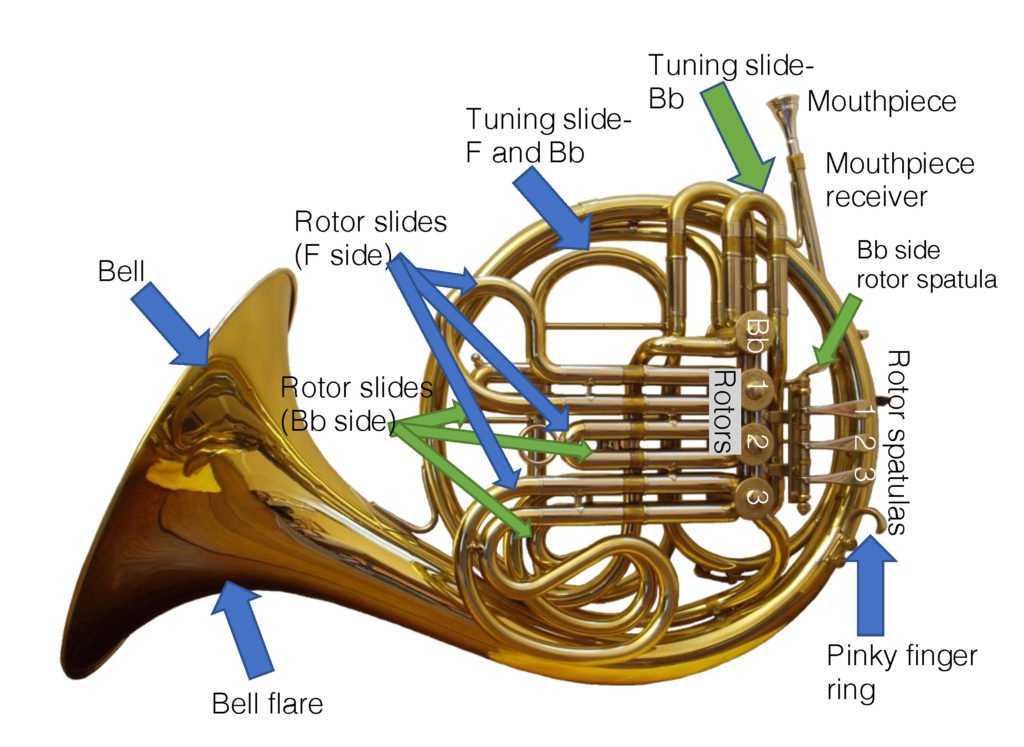Tuning a French horn can be a challenging task for many musicians. However, with the right techniques and knowledge, it is a skill that can be mastered. To tune a French horn effectively, you need to understand the role of the main tuning slide and how adjustments can impact the pitch. By following some simple steps and practicing regularly, you can achieve optimal tuning and enhance your overall performance. Let’s delve into the world of how to tune a French horn and unleash the full potential of this beautiful instrument.
How to Tune a French Horn: A Complete Guide
Welcome, fellow music enthusiasts! Today, we are diving into the magical world of French horns and exploring the art of tuning these beautiful instruments. Whether you are a beginner or a seasoned player, mastering the art of tuning your French horn is essential to producing harmonious melodies. So, grab your horn and let’s embark on this tuning journey together!
Understanding the Basics of French Horn Tuning
Before we delve into the step-by-step process of tuning a French horn, let’s first understand the basics of how this intricate instrument produces sound. The French horn consists of a coiled tube with a flared bell and is played by buzzing the lips into a mouthpiece. To produce different pitches, the player adjusts the length of the tubing by pressing down on the valves or manipulating the hand position in the bell.
Proper tuning ensures that the notes produced by the French horn are in harmony with other instruments in an ensemble. This is crucial for creating a cohesive and melodious sound during performances.
Gathering the Necessary Tools
Before we begin the tuning process, it is essential to gather the necessary tools to ensure a smooth experience. Here are some items you will need:
1. Tuning Fork
A tuning fork is a small metal tool that vibrates at a specific pitch when struck. It serves as a reference point for tuning musical instruments.
2. Tuner
A digital tuner can also be used to provide visual feedback on the pitch produced by the French horn. This can be especially helpful for beginners in tuning their instrument accurately.
3. Valve Oil
Valve oil is essential for lubricating the valves of the French horn, ensuring smooth and precise movement during tuning.
The Step-by-Step Guide to Tuning Your French Horn
Now that we have the necessary tools at our disposal, let’s dive into the step-by-step process of tuning your French horn:
Step 1: Warm Up Your French Horn
Before tuning your French horn, it is essential to warm up the instrument by playing a few notes. This helps the horn reach its optimal playing condition and ensures more accurate tuning results.
Step 2: Use the Tuning Fork
Start by striking the tuning fork against a solid surface to activate its vibrations. Place the base of the tuning fork against the body of the French horn near the mouthpiece and listen for the pitch it produces. Adjust the main tuning slide or hand position until the pitch matches that of the tuning fork.
Step 3: Check Each Valve
Next, play a note on your French horn and check the pitch using a tuner or your ear. If the note is sharp or flat, adjust the corresponding valve slide to correct the pitch. Repeat this process for each valve to ensure all notes are in tune.
Step 4: Fine-Tune with Lip Bending
For more precise tuning, you can use a technique called lip bending. By adjusting the tension in your lips and airspeed, you can subtly alter the pitch of each note. Practice lip bending exercises to develop this skill and fine-tune your French horn’s intonation.
Tips for Maintaining Your French Horn’s Tuning
Once you have successfully tuned your French horn, it is important to maintain its tuning for optimal performance. Here are some tips to help you keep your instrument in tune:
1. Regularly Oil Your Valves
Properly lubricated valves are essential for smooth movement and accurate tuning. Be sure to oil your valves regularly to prevent sticking and ensure consistent performance.
2. Store Your French Horn Properly
Storing your French horn in a safe and controlled environment helps maintain its tuning stability. Avoid exposing the instrument to extreme temperatures or humidity, as this can affect its pitch and overall condition.
3. Practice Tuning Exercises
Regularly practicing tuning exercises can help you develop a keen ear for pitch and improve your ability to tune your French horn accurately. Incorporate tuning routines into your practice sessions to hone your intonation skills.
Congratulations on completing this comprehensive guide on how to tune a French horn! By mastering the art of tuning your instrument, you are one step closer to creating beautiful music and elevating your playing experience. Remember to practice regularly, stay attuned to your instrument’s pitch, and enjoy the harmonious sounds you can produce with your finely-tuned French horn. Happy playing!
How to Properly Tune a French Horn
Frequently Asked Questions
What are the basic steps to tune a French horn?
To tune a French horn, start by ensuring that all the slides are pushed in completely. Then, play a note (such as F or B-flat) and use the main tuning slide to adjust the pitch until it’s in tune. It’s crucial to use a tuner to help you achieve the correct pitch.
How do I tune individual notes on a French horn?
To tune individual notes on a French horn, you can use the tuning slides for specific notes. Play the note you want to tune and adjust the corresponding slide accordingly until the pitch is in tune. Remember to use a tuner to guide you.
Why is it important to regularly tune a French horn?
Regularly tuning your French horn is crucial to ensure that you are playing in tune with other instruments or musicians. It helps maintain pitch accuracy and overall sound quality, making your performance more enjoyable for both yourself and the listeners.
Final Thoughts
In conclusion, tuning a French horn is crucial for achieving optimal sound quality. Start by adjusting the main tuning slide to reach the correct pitch. Utilize your ears and a tuner to fine-tune the instrument accordingly. Remember, frequent practice and experimentation will help you master the art of tuning a French horn effectively.












